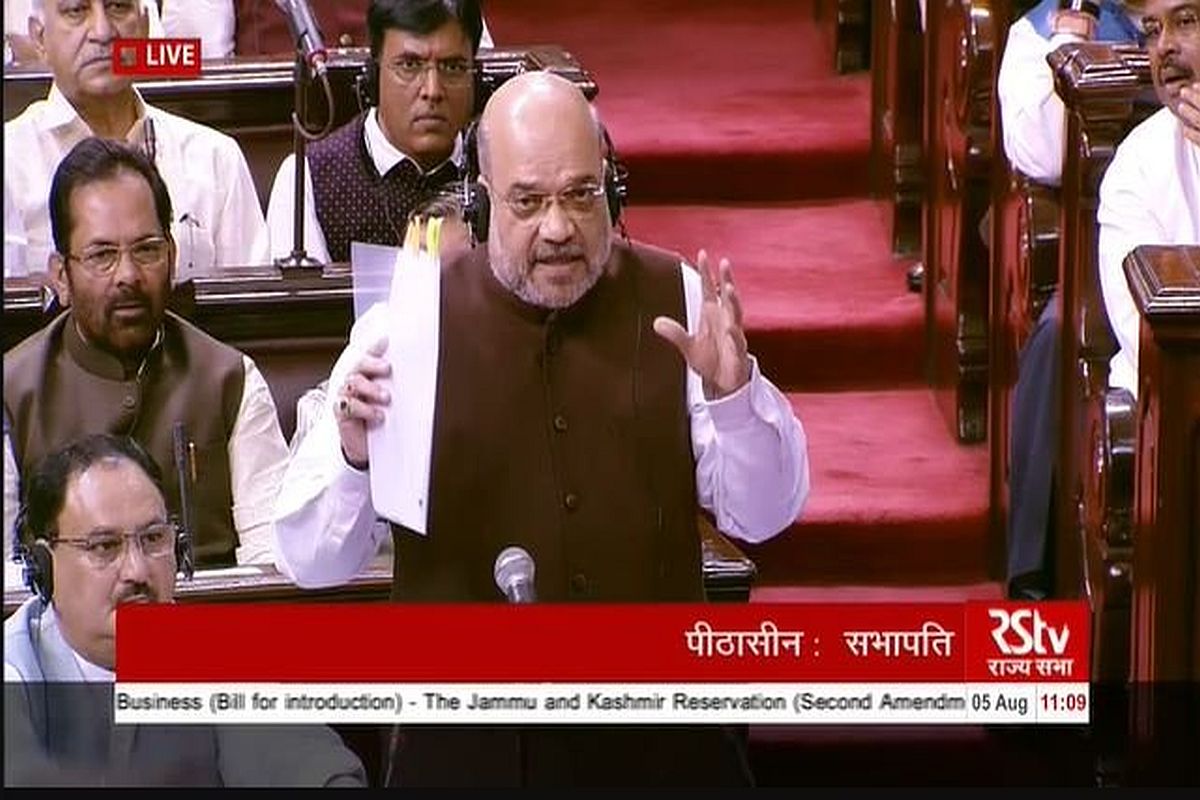While debates on the constitutionality of the decisions announced by the Government on Monday about Jammu and Kashmir will rage for a long time, and perhaps be adjudicated in a court of law, there can be no question on the boldness of the initiative. From a historical perspective, the presence of J & K in the Indian Union was repudiation of Jinnah’s two-nation theory; however, the presence of Article 370 conferring special status on the territory contradicted, in substantial measure, this repudiation.
Realising this, the constitutional provision was introduced purely as a temporary measure. Of course, it suited a confluence of vested interests ~ many in the region and the country and nearly as many outside ~ to permanently keep Kashmir in the twilight zone of constitutional ambiguity while profiting from its miseries. To be fair to the Bharatiya Janata Party (and its predecessor, the Bharatiya Jana Sangh), it has been the only party to be consistent in its position on J & K. For it has always maintained that Articles 370 and 35A are aberrations that must be consigned to the dustbin of history. To accuse therefore the government of acting in stealth or sneaking in sweeping changes is plainly ludicrous. Additionally, this government had made no secret of its resolve to tackle internal security challenges with robustness. In effect, the BJP’s intentions had been telegraphed well in advance and if the Opposition was surprised, it has only itself to blame.
Advertisement
It also ought to be clear that the set-piece prescriptions for dealing with J & K ~ following cycles of militancy, security action, interlocution, talks and militancy once again ~ were only pushing the region deeper into an abyss. While Kashmir’s politicians leeched on its people ~ some by pushing them to militancy and others by professing nationalism but only within the ambit of Article 370 ~ the state languished in a cauldron of despair. It ought to be clear that seven decades of Article 370 and six-and-a-half of Article 35A haven’t quite made Kashmir the paradise on earth it was once described as. An amorphous special status is of little value if it does not bring development in its wake. For reasons too numerous to describe in the confines of this space, J & K has been a model of underdevelopment, under successive administrations of the Congress, the National Conference and PDP, the three parties most discomfited by Monday’s action, and even the BJP which shared power in the state not too long ago.
Scrapping Article 370 and reorganising the state of Jammu and Kashmir into two union territories are not ends in themselves; they are at best the means to an end. J & K needs to see an end to decades of strife; it needs to see development of its infrastructure and empowerment of its people. This government has opted to shun the status quo and embark on a path quite different from any attempted in the past. If it ends the misery of the region’s people and brings prosperity to them, its initiative must be welcomed.
